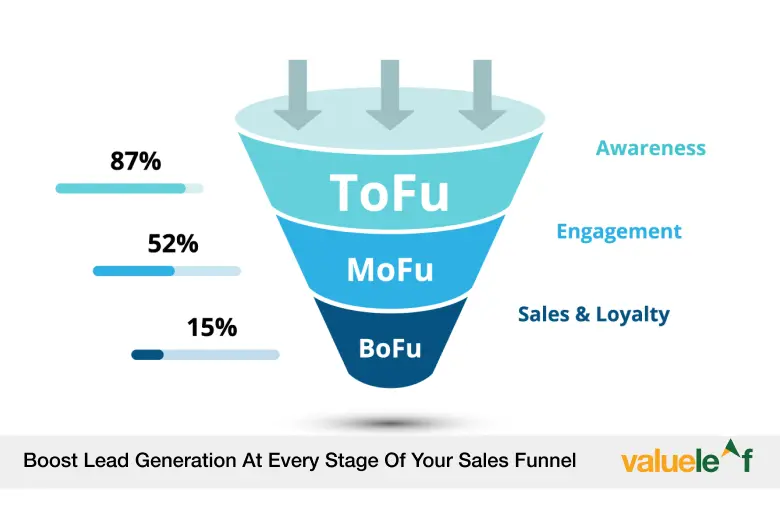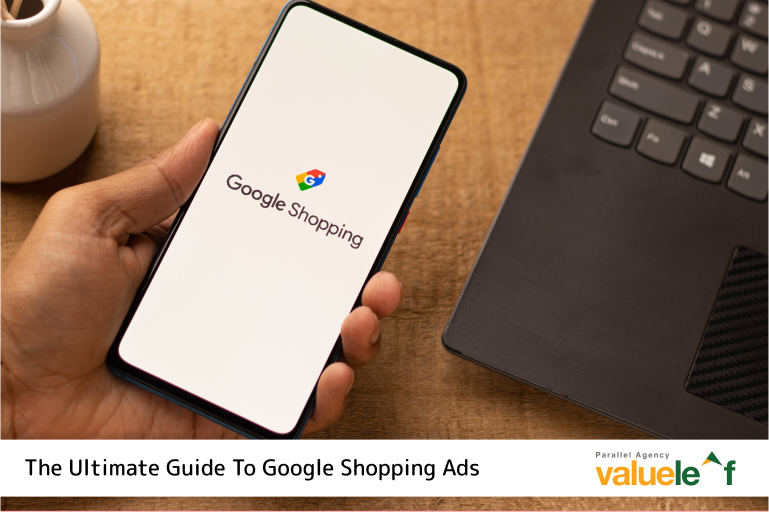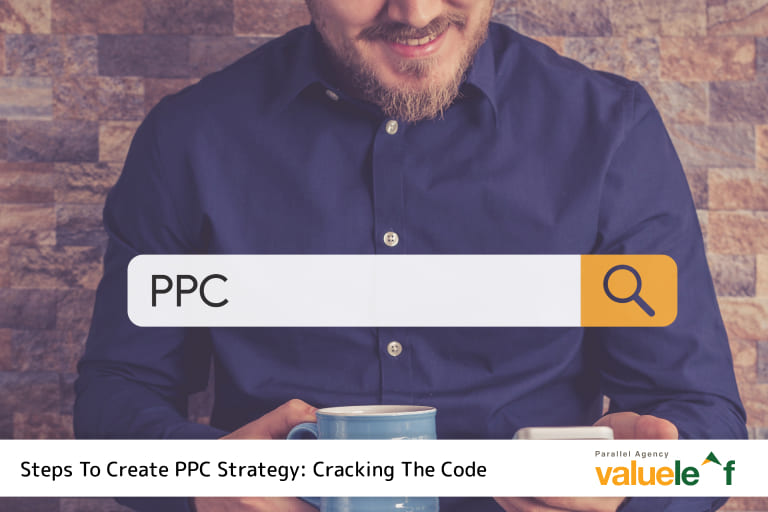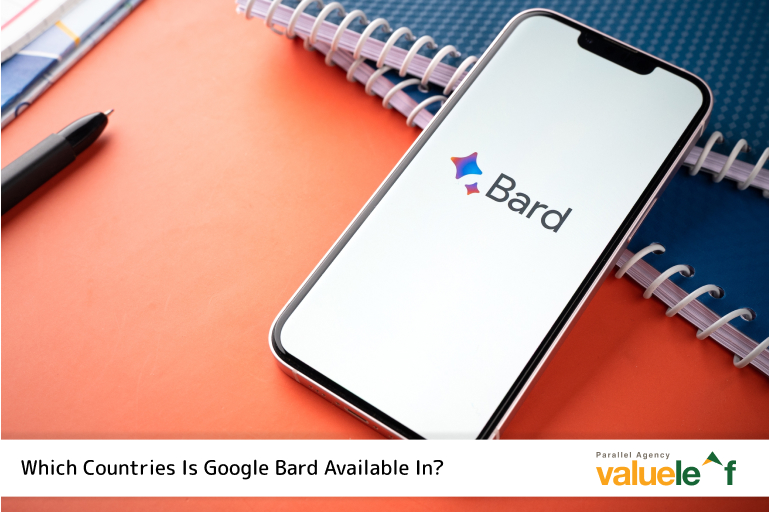Lead generation is the backbone of business growth. Without a steady stream of new leads, businesses struggle to expand their customer base and increase revenue. However, generating leads is not just about getting names and emails—it’s about attracting high-quality leads genuinely interested in your products or services. A well-structured sales funnel ensures that prospects move smoothly from awareness to conversion.
In this guide, we’ll explore how to improve your lead generation efforts at every stage of the sales funnel and boost your conversion rates.
What Is Lead Generation?
Lead generation is the process of attracting, engaging, and converting prospects into customers. Businesses generate leads using various strategies, such as SEO, content marketing, social media, and email campaigns.
For example, an online coaching business might create a free webinar on “How to Build a Six-Figure Business” and require attendees to sign up with their email. This method attracts potential clients genuinely interested in business growth.
Understanding the Lead Generation Funnel
A lead generation funnel guides potential customers through different stages until they make a purchase. The funnel consists of:
1. Awareness Stage (Top of the Funnel – TOFU)
At this stage, prospects become aware of their problem and start looking for solutions. The goal is to attract and educate them using:
- Blog posts
- Social media content
- Webinars and infographics
Example: A fitness brand might publish a blog post on “5 Beginner Mistakes to Avoid at the Gym” to attract health-conscious individuals.
2. Consideration Stage (Middle of the Funnel – MOFU)
Here, leads evaluate their options. They need more detailed information about your products or services. The best strategies include:
- Case studies and testimonials
- Product comparison guides
- Email marketing sequences
Example: A CRM software company might send email sequences with case studies on how businesses have streamlined sales processes using their tool.
3. Decision Stage (Bottom of the Funnel – BOFU)
At this point, leads are ready to make a purchase but may need extra motivation. Effective tactics include:
- Free trials and live demos
- Discounts or special offers
- Strong call-to-action (CTA) buttons
Example: A subscription-based streaming service might offer a 7-day free trial to encourage sign-ups.
Tips to Optimize Lead Generation at Every Funnel Stage
Optimizing lead generation involves attracting, engaging, and converting prospects using well-planned tactics. By implementing these lead generation strategies at different funnel stages, businesses can attract the right audience, nurture potential leads, and ultimately increase conversions. Below are three key ways to enhance lead generation and real-world examples of how they work.
1. Use High-Quality Lead Magnets
A lead magnet is a free resource offered in exchange for a prospect’s contact information, such as an email address. High-quality lead magnets should be valuable, relevant, and actionable to encourage prospects to take the next step in their journey.
Example: A real estate agent looking to attract first-time homebuyers could offer a free “First-Time Homebuyer’s Guide.”
2. Optimize Landing Pages for Conversions
A landing page is often the first point of interaction between a potential customer and a business. To maximize conversions, a landing page should have a clear message, an engaging design, and a strong call-to-action (CTA).
Example: An e-commerce store specializing in skincare products might implement a “Get 10% Off Your First Purchase” pop-up on their landing page.
3. Invest in Retargeting Campaigns
Many visitors browse a website without taking immediate action. Retargeting campaigns allow businesses to reconnect with these visitors through personalized ads, increasing the likelihood of conversion. Retargeting works by displaying relevant ads to users who have previously interacted with your website or product.
Example: A travel agency selling luxury vacation packages could use Facebook and Google retargeting ads to re-engage users who previously browsed their “Exclusive Maldives Vacation Packages” page but didn’t book.
Conclusion
A well-optimized sales funnel is essential for consistent lead generation and business growth. By understanding the three stages—awareness, consideration, and decision—you can create tailored strategies to attract, nurture, and convert high-quality leads.
Start by implementing these tactics today, and watch your conversions soar!
Frequently Asked Questions
Q. What is the purpose of a lead generation funnel?
A. A lead generation funnel helps businesses attract potential customers and guide them through the buyer’s journey. It ensures a structured approach to converting visitors into leads and, ultimately into paying customers by providing valuable content at each stage of the decision-making process.
Q. How can I generate high-quality leads instead of just collecting emails?3
A. High-quality leads come from targeted marketing efforts that focus on attracting the right audience. To generate better leads:
- Create content tailored to your ideal customer’s pain points.
- Use lead magnets such as free eBooks, case studies, and exclusive webinars to attract engaged prospects.
- Optimize your landing pages with strong CTAs and compelling value propositions.
Q. What is the best strategy for converting leads in the decision stage?
A. At the bottom of the funnel, prospects are ready to make a decision but may need extra motivation. The best strategies include:
- Offering free trials or live demos to remove risk.
- Providing limited-time discounts to create urgency.
- Showcasing customer testimonials and reviews for credibility.
Q. How do retargeting campaigns help with lead generation?
A. Retargeting campaigns work by displaying ads to users who have previously visited your website but did not take action. This strategy keeps your brand top-of-mind, increasing the chances of conversion. Businesses can use Facebook and Google Ads to remind potential customers about their offerings and encourage them to complete their purchases.
Q. How do I measure the success of my lead generation efforts?
A. To evaluate the effectiveness of your lead generation strategies, track these key metrics:
- Conversion rate: The percentage of visitors who take a desired action.
- Cost per lead (CPL): The cost of acquiring a new lead.
- Lead quality score: Measures how likely a lead is to convert.
- Customer acquisition cost (CAC): The total cost spent to acquire a paying customer.




